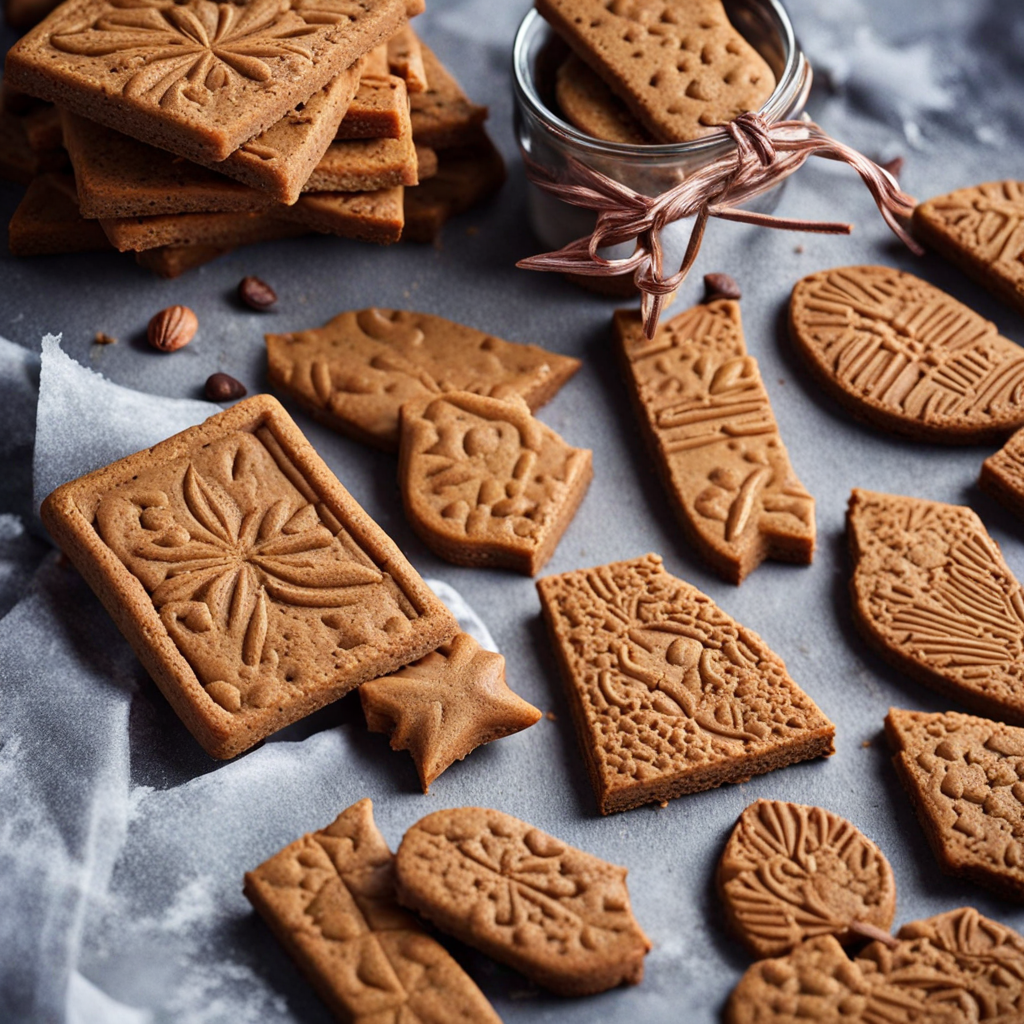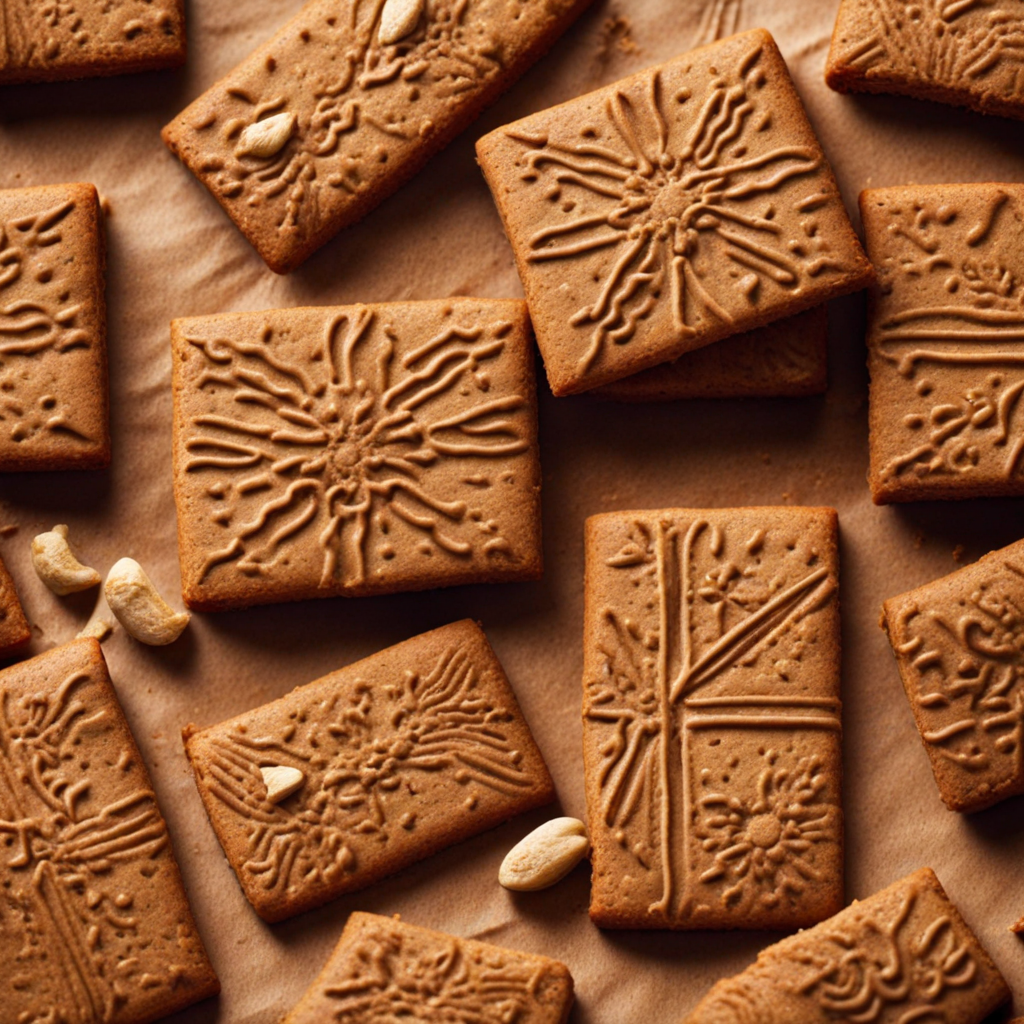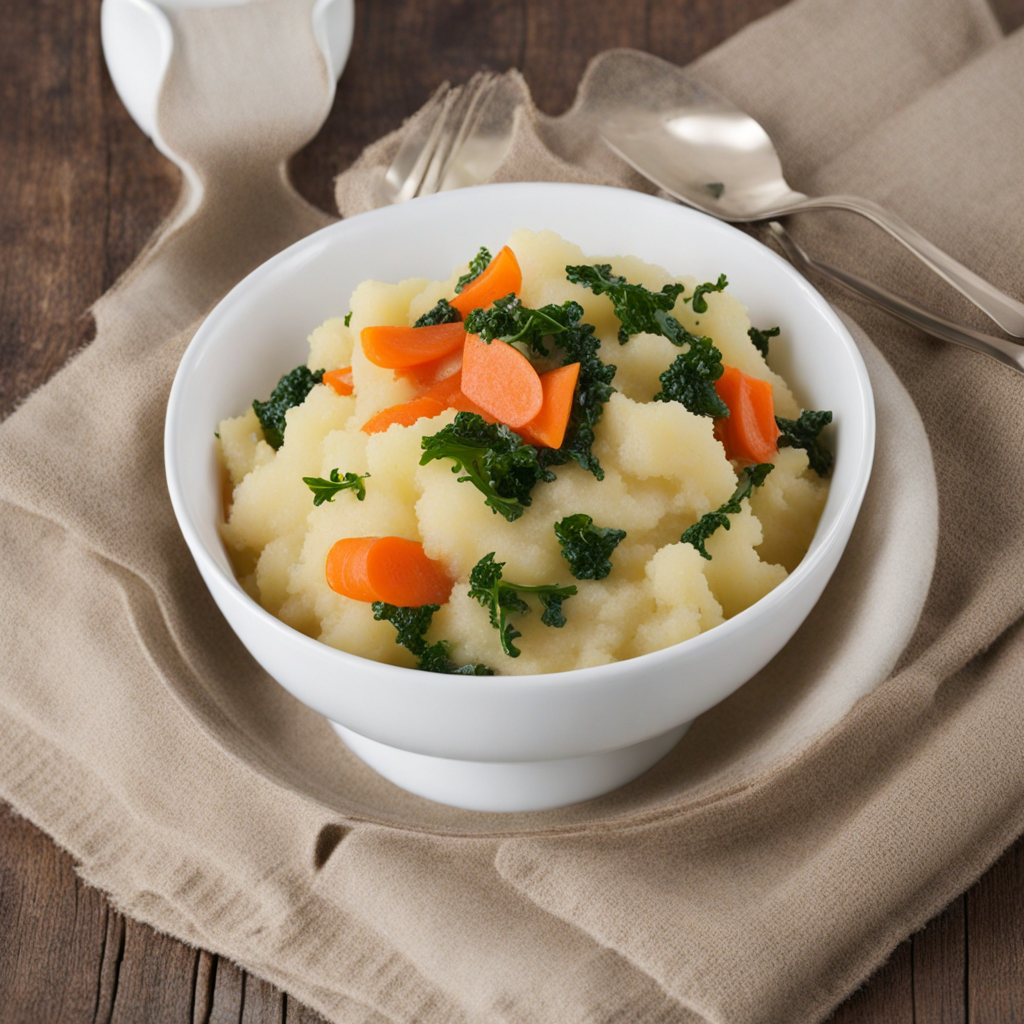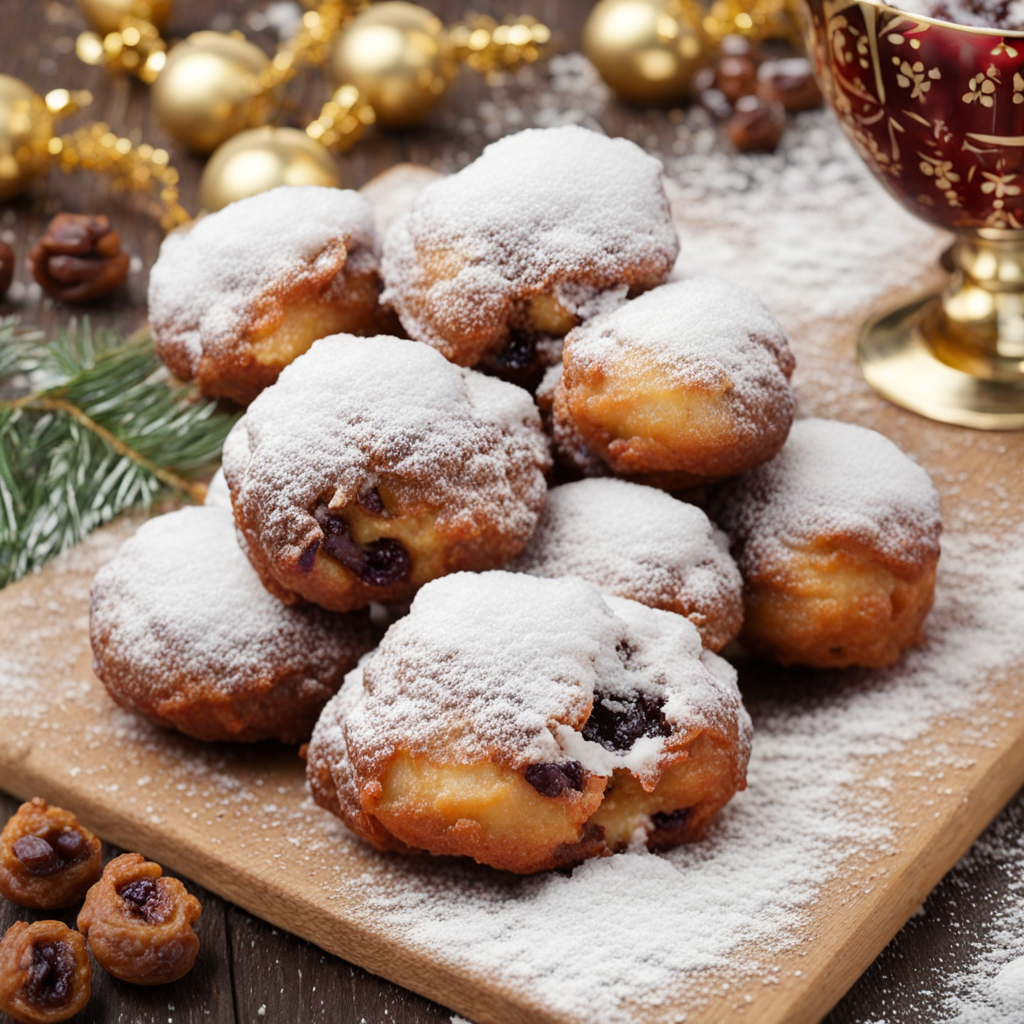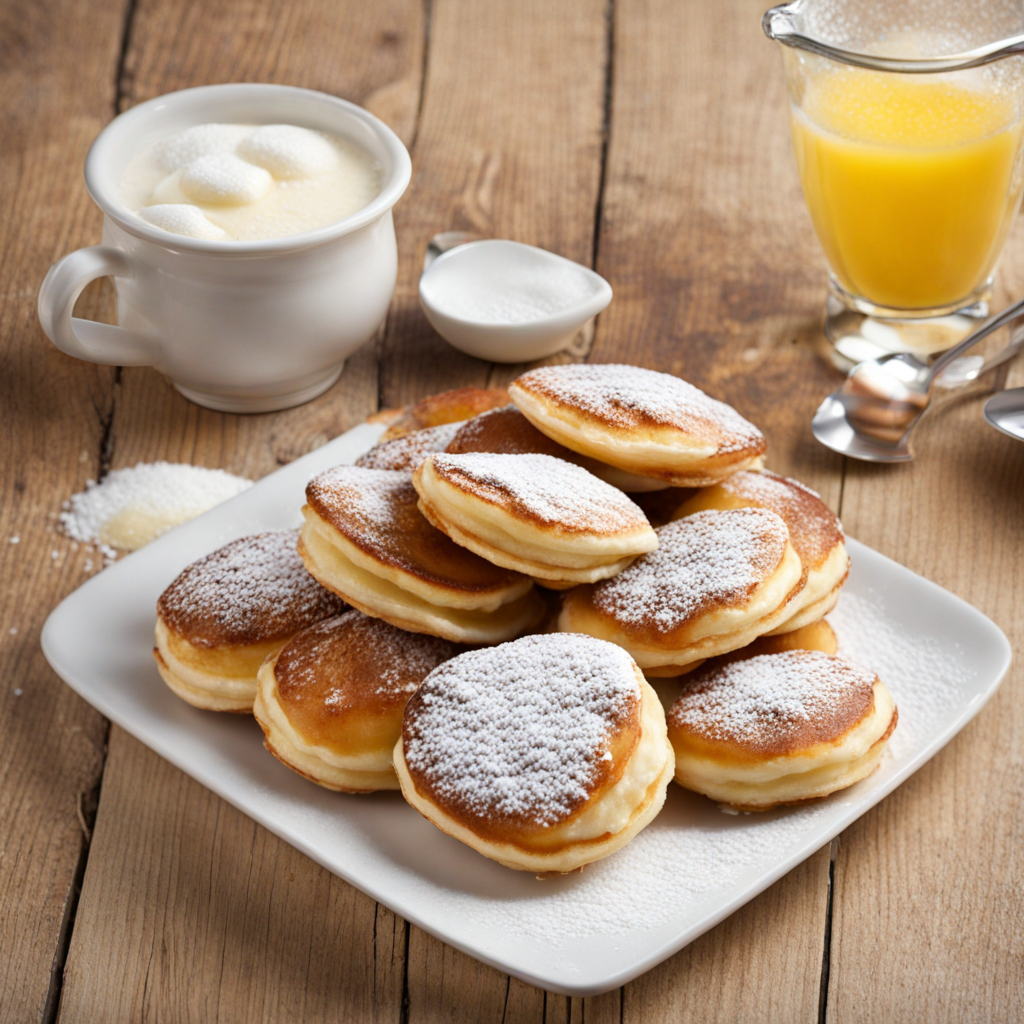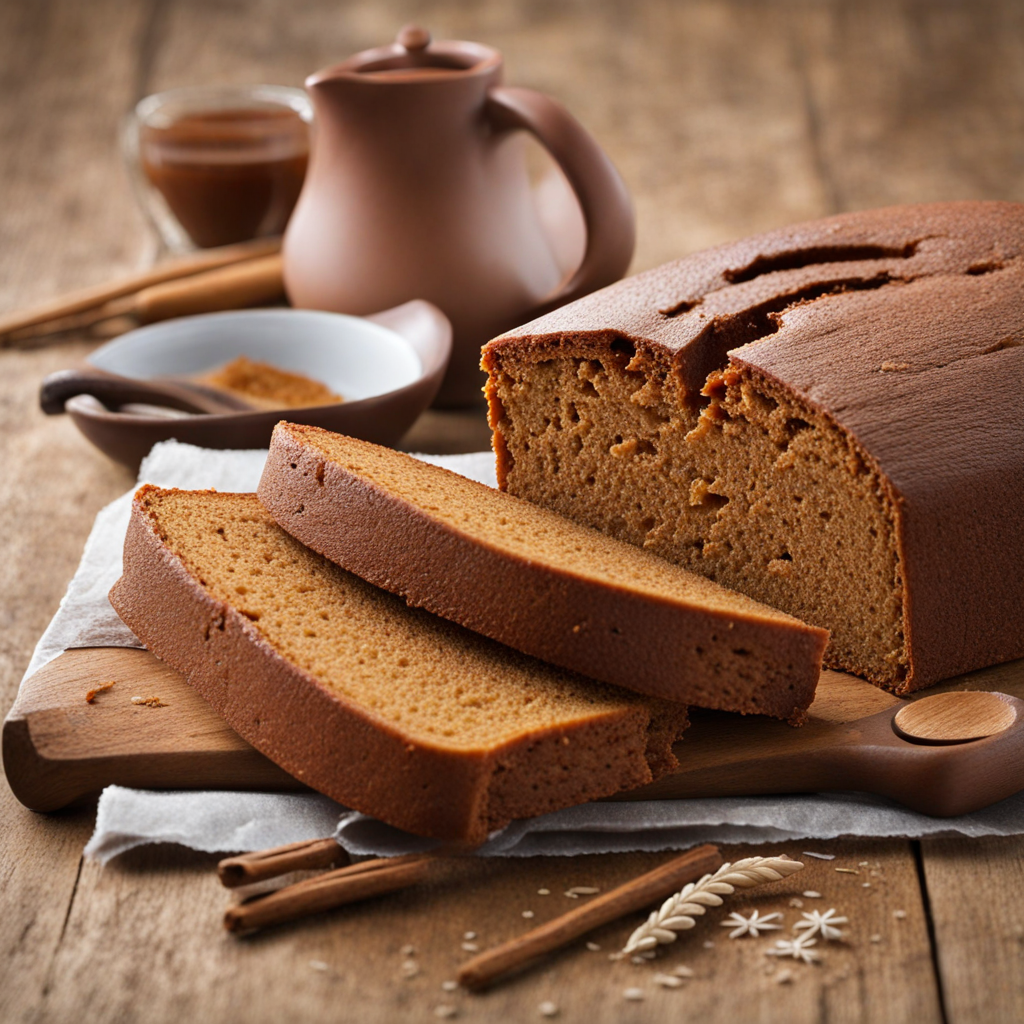Speculaas
Speculaas is a traditional spiced cookie that hails from the Netherlands, often enjoyed during the festive season, particularly around St. Nicholas' Day. These delightful cookies are characterized by their crunchy texture and intricate, embossed designs that often depict scenes from Dutch folklore or festive motifs. The unique blend of spices, which typically includes cinnamon, nutmeg, cloves, and ginger, gives speculaas its distinctive warmth and aromatic flavor, making each bite a cozy experience that evokes the essence of Dutch holiday traditions. What sets speculaas apart is its use of a special spice mix known as "speculaaskruiden," which not only adds depth to the cookies but also creates a wonderful balance between sweetness and spice. The dough is rolled out and cut into shapes or pressed into molds before baking, resulting in beautifully crafted cookies that are as pleasing to the eye as they are to the palate. The baking process caramelizes the sugars, providing a rich, golden-brown color and a slightly crunchy bite that gives way to a soft, tender center. Traditionally, speculaas is enjoyed with coffee or tea, making it a perfect companion for afternoon gatherings or cozy evenings at home. In addition to the classic cookie form, speculaas has inspired various desserts, including cakes, ice creams, and even spreads, allowing adventurous foodies to explore its flavor in new and exciting ways. Whether you are savoring a crisp cookie with a steaming cup of coffee or indulging in a speculaas-infused dessert, this delightful treat offers a unique taste of Dutch culture that is sure to leave a lasting impression.
How It Became This Dish
The Engaging History of Speculaas: A Dutch Culinary Delight Speculaas, the spiced cookie that has become synonymous with Dutch culinary tradition, is more than just a treat; it is a symbol of cultural heritage, history, and seasonal celebration. This beloved biscuit, often decorated with intricate carvings and typically enjoyed during the festive period leading up to St. Nicholas’ Day, has a rich and flavorful narrative that weaves through the annals of Dutch history. #### Origins of Speculaas The origins of speculaas can be traced back to the Middle Ages, with the earliest forms of spiced cookies appearing in the region that is now the Netherlands. The name "speculaas" is believed to derive from the Latin word "speculum," meaning "mirror," which refers to the molds that were used to create the cookies' distinctive designs. These molds, often made of wood, featured intricate carvings of figures, scenes, and even symbols of local folklore. The spices that characterize speculaas—cinnamon, nutmeg, cloves, ginger, and cardamom—reflect the spice trade that flourished in Europe during the 16th and 17th centuries. As the Dutch established trade routes around the globe, spices became more accessible and were incorporated into various culinary practices. Speculaas emerged as a way to utilize these fragrant spices, turning simple dough into a luxurious treat that was both flavorful and aromatic. #### Cultural Significance Speculaas carries profound cultural significance in Dutch society, particularly around the celebration of St. Nicholas’ Day, observed on December 5th. This feast day marks the arrival of Sinterklaas, the Dutch version of Santa Claus, who is often depicted riding a white horse and bringing gifts to children. Speculaas is traditionally baked in the days leading up to this holiday, symbolizing the warmth and togetherness of the season. The cookies are often shaped into various motifs, including the likeness of Sinterklaas himself, festive symbols, or even local landmarks. This artistic representation not only showcases the baker's skill but also connects the community through shared traditions and stories. Families often come together to bake speculaas, passing down recipes and techniques through generations, further solidifying its place in cultural heritage. #### Development Over Time As the years progressed, speculaas continued to evolve, adapting to changing tastes and social practices. Initially, the cookies were made at home, but by the 19th century, commercial bakers began to produce them on a larger scale. This shift was accompanied by innovations in baking technology and the rise of industrialization, which allowed for mass production without sacrificing quality. The introduction of baking powder and other leavening agents also paved the way for variations in texture, resulting in both crunchy and softer versions of speculaas. The 19th century also saw the emergence of "speculaas letters," a tradition that involved baking the cookies in the shape of letters, which were often presented as gifts to children or exchanged among friends and family. This not only added a personal touch to the festive season but also highlighted the importance of literacy and communication during a time when education was becoming increasingly valued in Dutch society. In 1932, speculaas gained official recognition when the Dutch government instituted regulations to protect the quality and authenticity of traditional recipes. This move was part of a broader effort to preserve Dutch culinary heritage in the face of globalization, ensuring that speculaas would continue to be made according to age-old traditions. #### Global Influence and Modern Day As the Dutch diaspora spread across the world, so too did speculaas. The cookies found a place in the hearts—and kitchens—of many, particularly in regions with significant Dutch influence, such as Indonesia and parts of the Caribbean. In Indonesia, for example, speculaas was adapted with local spices and ingredients, creating a fusion that reflects the complex history of Dutch colonialism in the region. In recent years, speculaas has experienced a renaissance, with artisanal bakers and food enthusiasts reviving traditional recipes while experimenting with new flavors and ingredients. Today, one can find variations infused with chocolate, almond paste, or even vegan adaptations that cater to contemporary dietary preferences. Speculaas has also found its way into modern culinary creations, inspiring desserts like cakes, ice creams, and even lattes, illustrating its versatility and enduring appeal. Moreover, the rise of online baking communities has allowed people from all walks of life to share their interpretations of speculaas, further enriching its history and cultural significance. Social media platforms have become vibrant spaces where home bakers showcase their creations, swap recipes, and celebrate the communal aspects of baking, ensuring that the spirit of speculaas lives on. #### Conclusion Speculaas is more than just a cookie; it is a testament to the rich tapestry of Dutch history, culture, and community. From its humble beginnings in medieval kitchens to its status as a cherished holiday treat, speculaas embodies the flavors of tradition and the warmth of togetherness. As we bite into these spiced delights, we connect not only with the culinary practices of our ancestors but also with the ongoing story of a beloved food that continues to evolve and adapt while maintaining its roots in the rich soil of Dutch heritage. Whether enjoyed during the festive season or year-round, speculaas remains a delicious reminder of the past and a flavorful bridge to the future.
You may like
Discover local flavors from Netherlands


